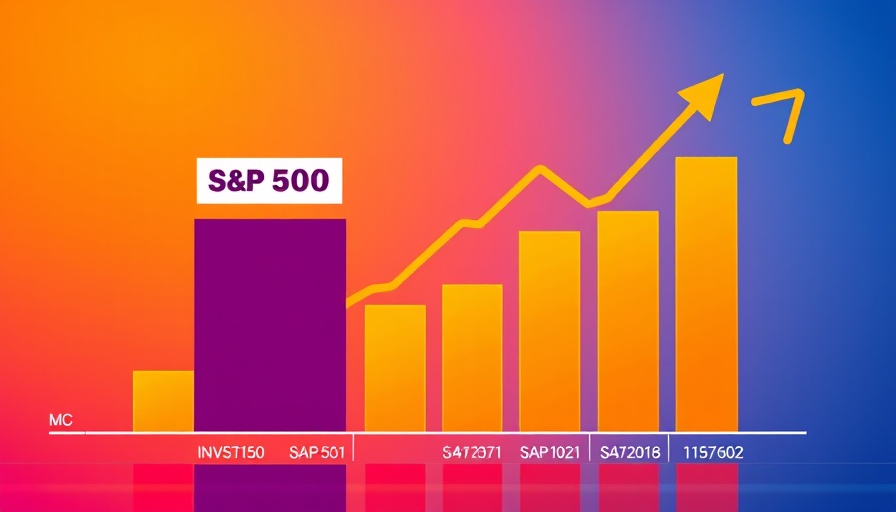
The Dollar's Steady Ascent Amid Trade Talks
The U.S. dollar has been maintaining its upward trajectory; however, it remains firmly trapped within a defined trading range as global markets anxiously await the outcomes of ongoing trade negotiations. This has significant implications not only for currency traders but also for investors in the stock market, real estate, and beyond. Understanding the factors influencing the dollar could empower you to refine your investment strategies.
Why Trade Negotiations Matter
Trade negotiations can substantially impact the valuation of the dollar and, by extension, international trade relations. As tariffs fluctuate and new agreements are proposed, the dollar’s strength plays a crucial role. A stronger dollar can lead to lower prices for imports; however, it may make U.S. exports more expensive for foreign buyers, which could, in turn, affect domestic manufacturing and economic growth. Investors should keep a pulse on these discussions as they will likely dictate market trends in the future.
Current Dollar Trends: Analyzing Currency Movements
As of now, the dollar has edged higher against major currencies like the euro and the British pound, with lesser fluctuations seen against others such as the Japanese yen and Chinese yuan. For individuals engaged in currency trading or looking to invest internationally, understanding these minor shifts can enhance risk management practices. An increased dollar value could bolster international buying power, while a declining value may warrant more caution when considering investments in foreign assets.
The Broader Investment Landscape: What Investors Should Know
While currency movements are pivotal, the stock market remains a significant focus for many investors. In a tight currency range, diversified portfolios including mutual funds, ETFs, and even bonds can help buffer against potential volatility. The variation in currency value particularly affects sectors like technology and healthcare, where international sales can oscillate based on currency strength.
Sector-Based Opportunities Amid Dollar Fluctuations
Investors can leverage current dollar trends by focusing on sector-specific opportunities. Technology stocks have seen significant growth; however, they are sensitive to currency changes. Meanwhile, sectors like real estate can offer stability during periods of uncertainty as they often benefit from local investments irrespective of global currency fluctuation.
Future Predictions: Strategies for Sustainable Investing
As we progress through 2025, investors should brace for an evolving economic landscape, heavily influenced by trade negotiations and interest rates. Utilizing strategies such as portfolio diversification, value versus growth investing, and sector-based investments can bolster your financial resilience. With rising inflation, dollar-cost averaging and investments in inflation-protected securities might become increasingly relevant to safeguard long-term wealth.
Actionable Insights for Today’s Investor
1. **Stay Informed**: Keep an eye on trade negotiations and their implications on currency fluctuations which impact all range of investments. 2. **Diversify**: Consider diversifying your portfolio by including ETFs, bonds, and real estate investments to mitigate risks. 3. **Evaluate and Adjust**: Regularly assess your asset allocation strategies in light of dollar performance and economic indicators.
A sound investing strategy considers current events, global market dynamics, and personal financial goals. By staying ahead of market trends and maintaining a diverse portfolio, investors can position themselves more strongly in an ever-changing economic environment.
 Add Row
Add Row  Add
Add 



Write A Comment